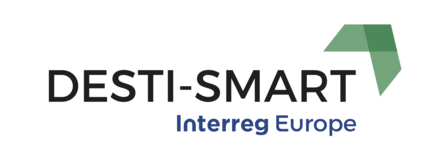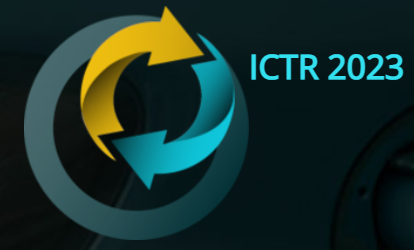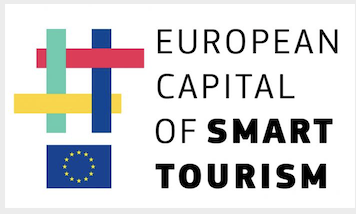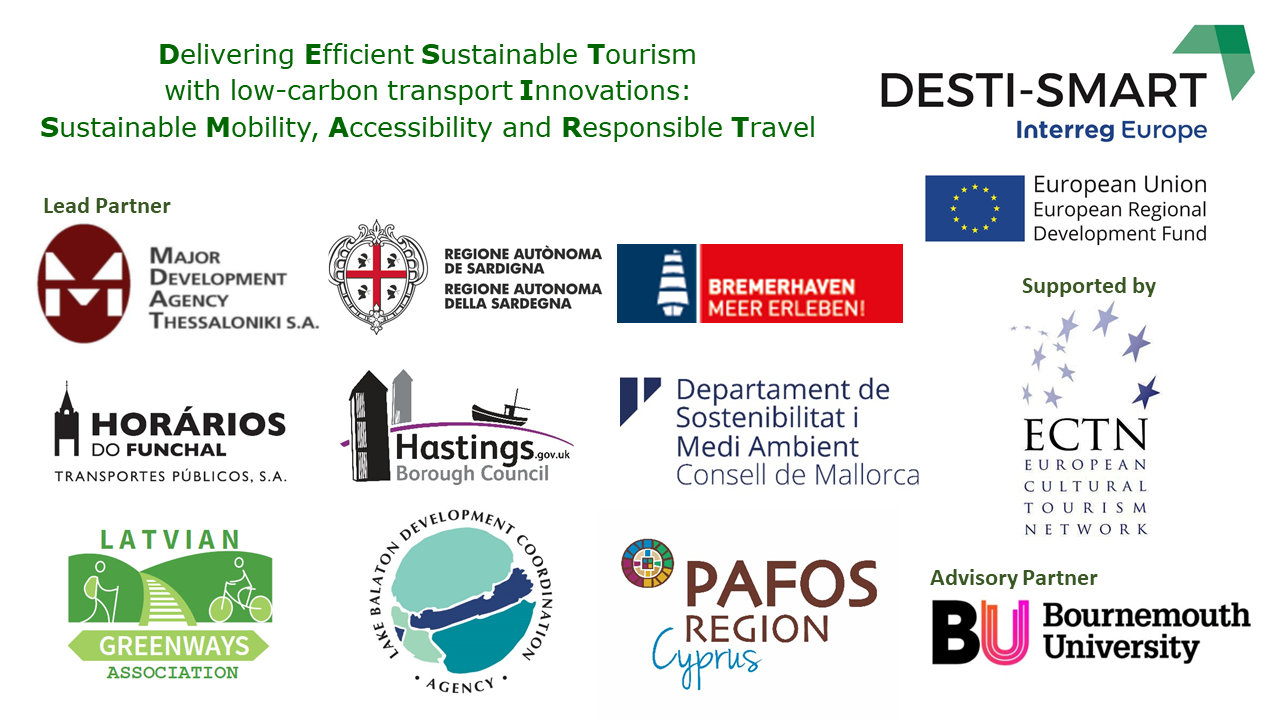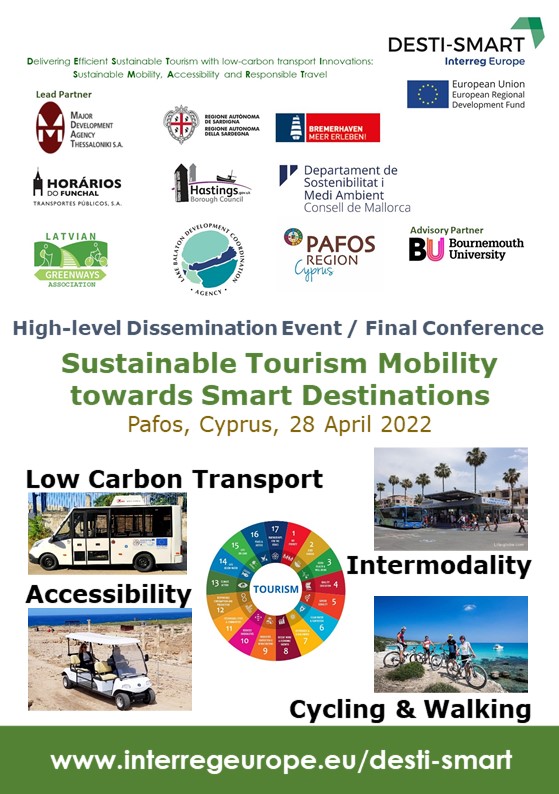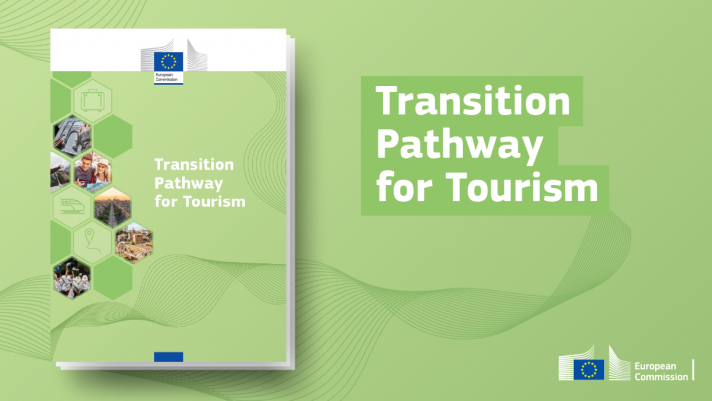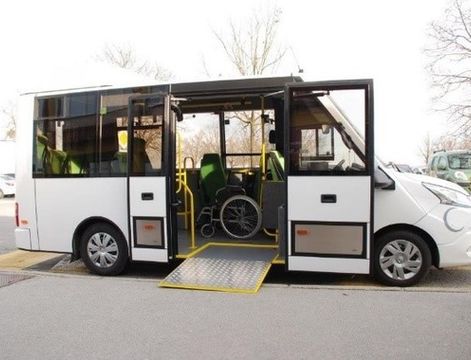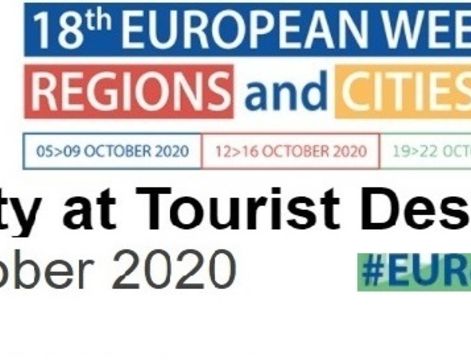MDAT's feasibility study has been competed and investigates the development of the Urban Sea Transportation in the Metropolitan Area of Thessaloniki.
Currently, the Metro is under construction, however a new UST system is expected to both complement the Public Transport System while it could constitute a tourist attraction. Presently, the only option of public transport along the Thessaloniki Metropolitan area seafront is through the bus system. Nevertheless, the degree of provision is characterized by low frequency of service and interchange. Therefore, the planning, design and construction of UST could potentially improve significantly the connection with the Airport and the east suburban districts and effectively enhance an efficient connection with the Thessaloniki city center.
A straight and more frequent service would:
- encourage new developments and investments in the seafront municipalities
- ensure and enhance the Metropolitan area touristic profile by providing a new and more enjoyable mean of transport but also by moderating the current traffic congestion
- assist the development of new companies in the east suburban districts of the Metropolitan area.
- would also support policies and efforts to develop the seafront and relevant economy of the Metropolitan area and promote its conversion into a famous all-year destination.
Traditional small ferry boats that use marine diesel oil engines can improve significantly the connectivity of the coastal municipalities of Thessaloniki. More specifically, it is expected that the travel time will be significantly reduced for trips between the seafront towns of the Metropolitan area. As for the broader objectives, it is expected that the boats used will offer accessibility to all users and an easy connection to the airport.
However, the option of e-boats is expected to be more viable (use of electricity) but also to attract tourists since electric boats can be an environmentally friendly proposal, which is going to improve the tourist product of the area. Regarding the acceptance by the public, a positive reaction is expected. More specifically, the UST will enhance the accessibility of the seafront for both the visitors and the citizens of the prefecture of Thessaloniki while it will reduce the need for parking spaces due to the reduced use of private means of transport. The cost of the ticket is expected to be significantly lower than the total cost of travelling by car or other means of transport. Nevertheless, both public acceptance and the consequent financial viability of the project are a matter of concern since it is the main factor that cannot be accurately predicted a priori.
The alternative option, that of e-boats provides significant improvement in terms of project sustainability. It is an environmentally friendly option that significantly reduces the environmental footprint of the UST project while improving the tourist product of Thessaloniki. More specifically, the use of e-boats will reduce air pollution while the climate change considerations will be mitigated. This is expected to be the case due to the reduced use of private means of transportation as well as the zero pollution caused by e-boats. The cost of operating and maintaining the electric ships is expected to be significantly lower, which may contribute to the reduced price of the ticket. On the other hand, the initial investment in both the land facilities where the boat batteries will be charged and the cost of the boats themselves are expected to be much higher. These facts will increase the recovery time of the initial investment and potentially the price of the ticket. In addition, the technology for e-boats is relatively new, rendering the in depth investigation of potential reliability issues particularly important.
Overall, the choice of e-boats is expected to have the greatest positive impact as a transport intervention in terms of strategic objectives, with a possible negative impact on service frequency due to the time it will take for ships to charge their batteries. Moreover, the reliability of the service has also to be taken into consideration due to the fact that the relevant technology is new.
The use of low emission means of transport is an objective for DESTI-SMART while this is also the case at the national, regional and local level. It seems that e-boats option can meet this objective, hence they strengthen their strategic case against the marine diesel powered boats.
Even though, there are significant financial and commercial risks as well as uncertainties related to both options it seems that UST project with e-boats, could deliver greater benefits and integrate sea travelling to the general transport system by linking seafront towns with the airport and city centre. This project would enhance tourism and relevant economic benefits while it will improve the accessibility of the appealing seafront and travel along its attractive coastal towns.
